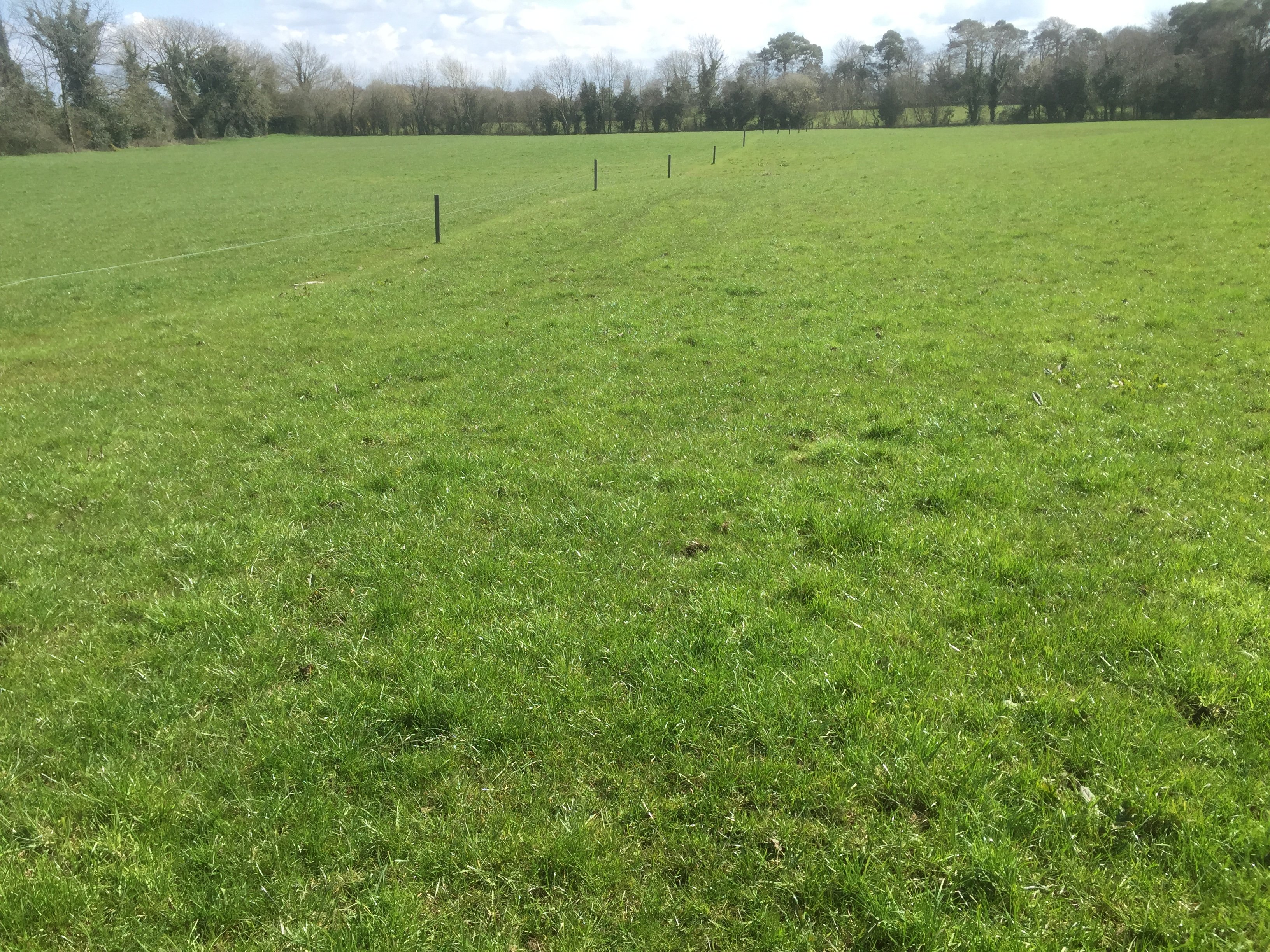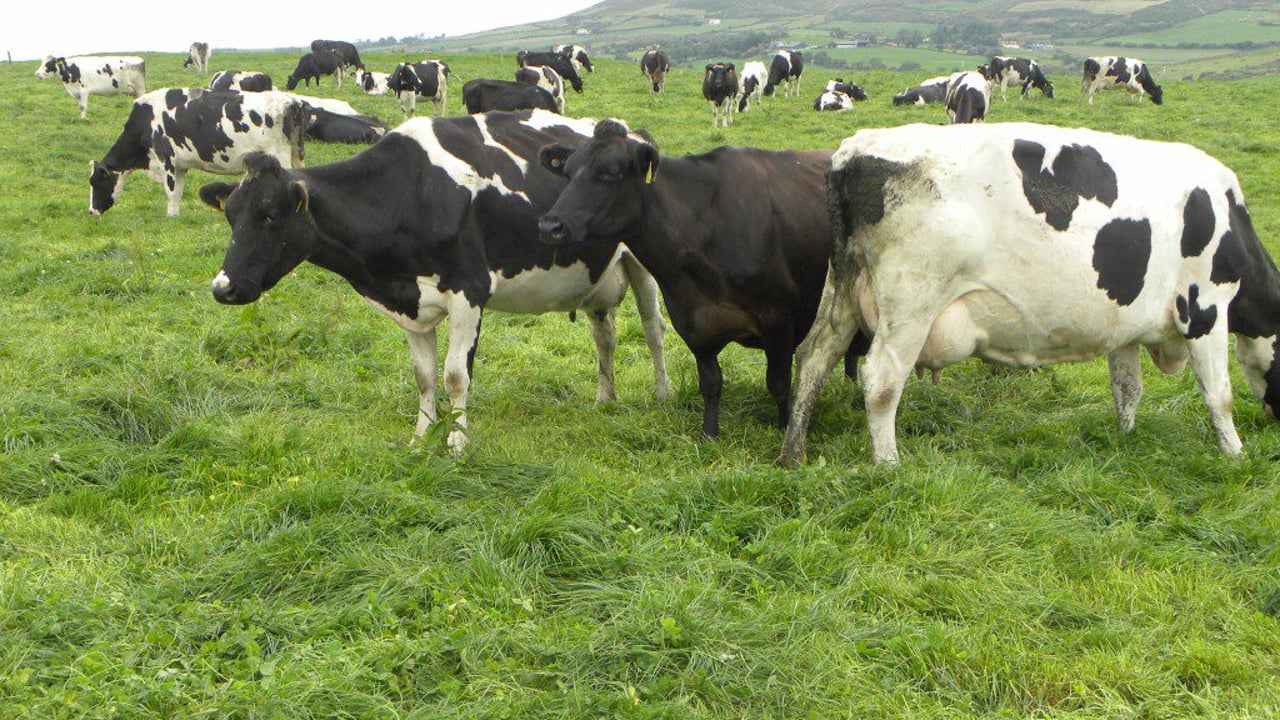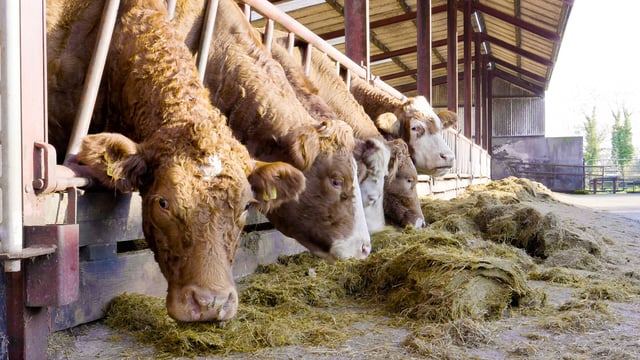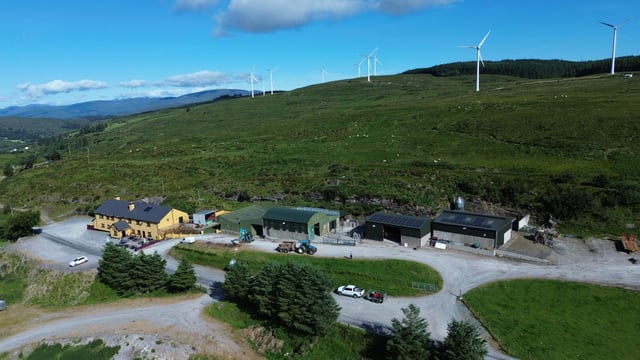Dairy advice: Utilising more grass on our farms this spring
The first step to utilising more grass is of course to grow more grass which has proven to be very difficult in recent springs in Ireland.
Teagasc's John McCabe highlighted at the recent Irish Grassland Association (IGA) conference how to grow and utilise more grass in an efficient and economical manner.
He highlighted the importance of getting out early chemical nitrogen (N) in spring of about 20-30kg N/ha when temperatures are at 5.5℃ and rising and soil moisture is right.
The Teagasc advisor also urged farmers to take their soil samples and take action from them as he said "the capacity of dairy farms to grow grass is being limited by between 1-2 tonnes of dry matter (DM)/ha due to sub-optimal fertility."
Reseeding was also said to be essential for growing more grass and said that many farmers focus on reseeding the milking platform but don't do enough on silage ground.
He added that "I was out with a farmer and he brought me to what he called the reseeded paddock, but the paddock hadn't been reseeded in 12 years."
McCabe also encouraged farmers to stick with clover incorporation in your swards as a failure to do so may lead to drop in productivity if N rates were to be reduced in future.
Utilising more grass
It was highlighted at the IGA event that the intake potential of cows at peak is 19kg of dry matter (DM) from a herd averaging 475kg of milk solids and have about 20% of the herd as heifers.
For herds that are producing more than this, then it is likely that the intake potential will be higher and this has an impact on what mid-season stocking rate you choose and grass allocations and paddock sizes.
McCabe highlighted the importance of getting your paddock size correct as he said that "paddock sizes have not increased at the same rate as dairy herds have expanded."
The Teagasc advisor said that this is a widespread problem that needs to be corrected, advising farmers to have paddocks that allow for 36 hours of grazing as it allows for full herd nutrition.
By having proper allocations, it ensures that first lactation and less dominant cows are fully fed.
The average number of paddocks per farm is around 27 paddocks and 33 paddocks for farms over 250 cows which is well above the theoretical ideal number 14 to 16 paddocks.

Milk production can be compromised when cows have to moved mid day as paddocks fall between one and two grazings or between two and three grazings.
In order to work out what your paddock size should be, farmers should use the following calculation: Cow numbers X 19kg of grass (may vary between herds) X 1.5 days = cow requirement for three grazings ÷ 1,400 (pre-grazing yield) = the size of paddock in hectares to accommodate three grazings.
Example: 120 cows X 19kg DM grass X 1.5 days = 3,420 ÷ 1,400kg DM/ha = 2.44ha paddock required.
The pre-grazing yield should ideally be 1,400 - 1,500kg DM/ha to achieve a balance for optimal cow nutrition and sward regrowth.
Silage quality and quantity
It was highlighted at the event two types of silage are needed on dairy farms in Ireland which is dry cow silage and milking cow silage as McCabe said "most farms will roughly feed 40% of their silage to milking cows."
The Teagasc advisor said that this figure rises when stocking rate increases and increases further on heavier land types.
With wetter springs predicted and variable weather in summer means that farmers should target to make half of their silage at over 74% dry matter digestibility (DMD) and 30% DM which is easier said than done.
To achieve this, farmers need to target harvesting silage off your youngest, ryegrass dominant swards and mow it before it gets too stemmy.
Silage fields with low phosphorus (P) and potassium (K) index soils will take longer to bulk and fields with good soil fertility will achieve a good bulk before it gets too stemmy.
Head of Teagasc dairy knowledge transfer, Joe Patton advises that farmers have 400kg of a silage reserve which McCabe said "has to be built into our systems".
In order to achieve this, farmers may need to purchase some forage feed in a good margin year like 2024 and move on cull cows earlier to reach a 400kg rolling reserve.





